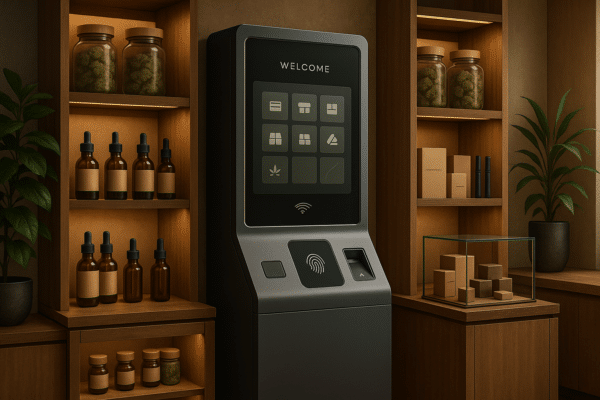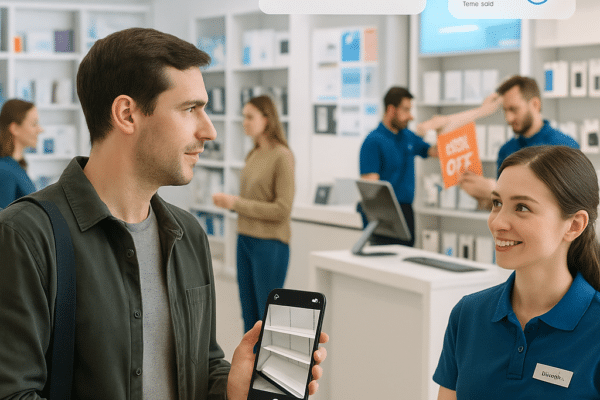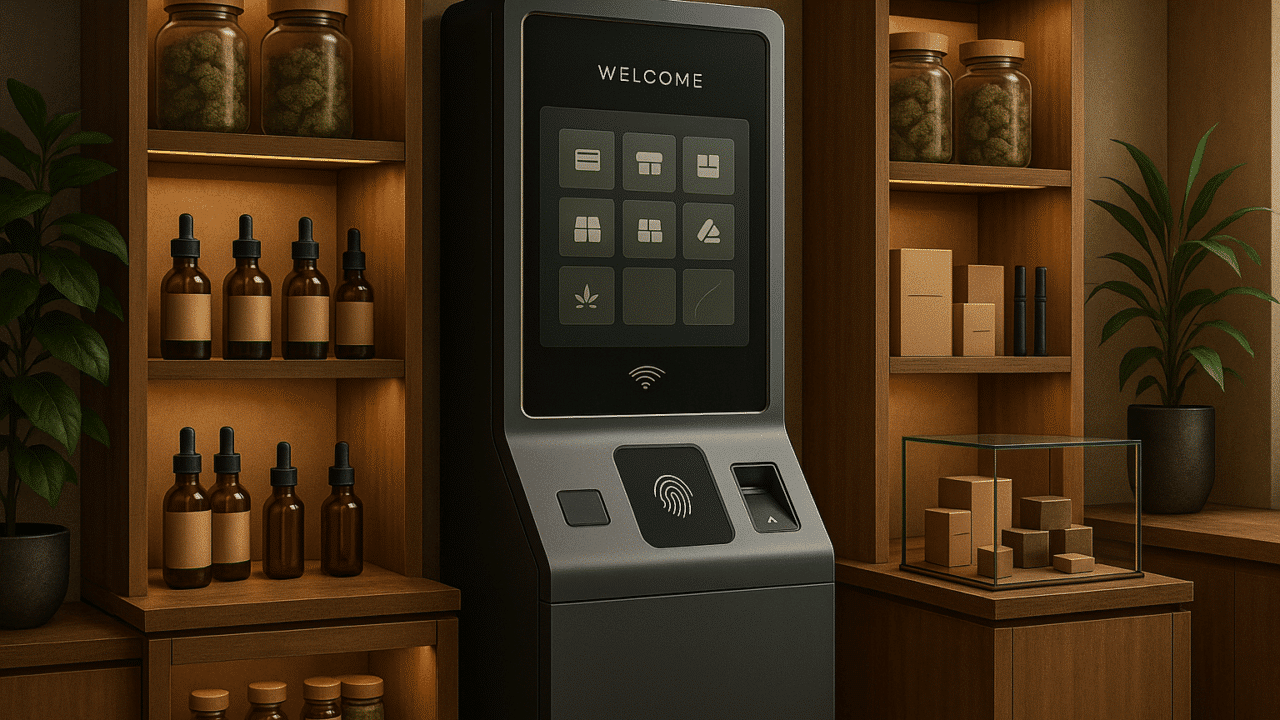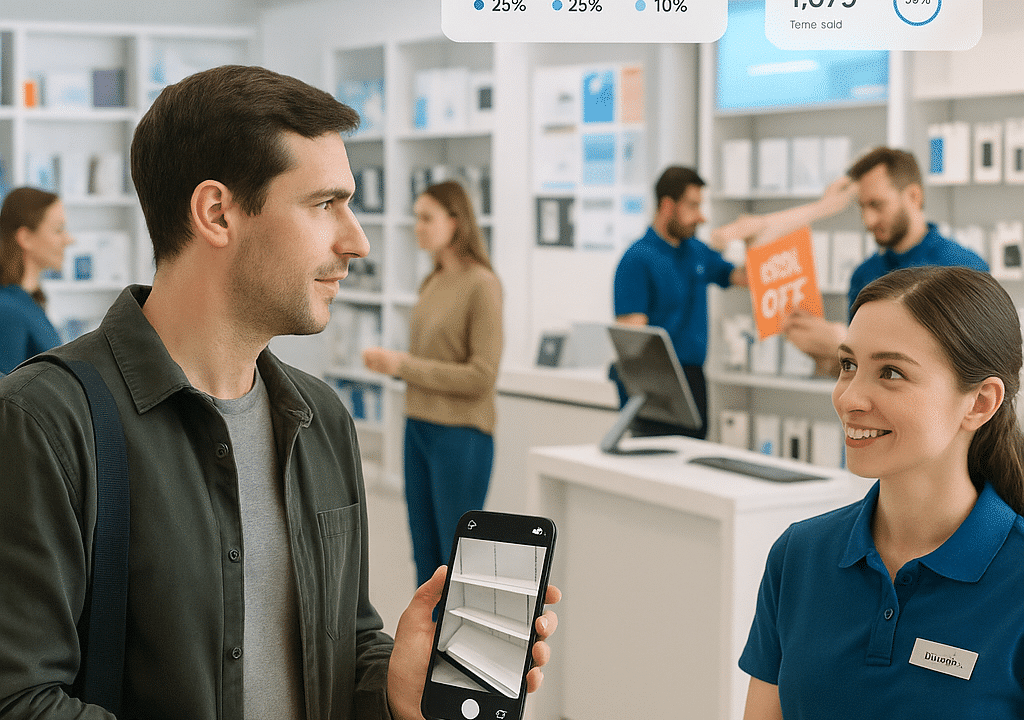
2020 LATAM RETAIL TRENDS
As retail evolves, and becomes more complex, both the pitfalls and opportunities are amplified, even more so when we look beyond North America to international markets. In Latin America, it’s not a one-size-fits-all approach, but rather specific markets respond differently to consumer behaviors and retailer approaches. However, while there are unique approaches in certain cases, the opportunity for applying best practices can still provide gains. Here are some of the top trends to watch in international retail:
Scale but pay attention to local markets
Even the largest retailer in the world has had challenges in their global expansion. Walmart, which embarked on a 27-country expansion, had success in its “everyday low price” model, but in consumer-centric Brazil, struggled to gain traction, leading them to close 80% of their locations in 2018. Some of their stumbling blocks included the inability to “tropicalize or localize” their offer to local consumers, pricing misfires, lack of discount days/promotions and store proximity to customers.
Online retail continues to grow
The shift from traditional to online retail is consistently cited for lower sales/expectations on the retail floor in the U.S., and now Latin America online sales are also on the rise. The Latin American retail market is becoming more digital with each passing year. The e-commerce in South America generated revenue upwards of $32 billion in 2019, and is expected to grow 6.5% by 2023.
Mobility is outpacing home connectivity
Despite the unique challenges of retail in Latin America, there is an opportunity for LatAm retailers to learn how developed markets have addressed some of these challenges. Latin America remains fluid for forecasting based on economic and political levers, but countries like Colombia and Peru have seen gains for retailers as access to connectivity via mobile devices outpaces home connectivity and allows for retailers to create targeted offers based on proximity and use.
Omnichannel opportunities
Retailers can take best-practices from examples like Best Buy, which has embraced e-commerce and developed a holistic approach to omnichannel; this evolution has led to leveraging strategies like “showrooming” and creating opportunities for both the traditional and online stores. By emphasizing customer experience and product merchandising, retailers can better serve their visitors and create opportunities for cross-product sales.
Outsourcing solutions
Brand ambassadors
Brands who want to maximize their omnichannel opportunities, increase their presence on the retail floor and optimize sales, are turning to outsourcing. Third-party providers who focus on training, customer relationships and product experience can offer brand ambassadorship programs that are essential for reaching the more informed consumer or “prosumer”—the influencers who are vocal about the brands and products they consume. Brand ambassadors don’t just explain the product in detail, but more importantly provide insider insight about benefits that can satisfy a more informed consumer.
Merchandising that maximizes the customer experience
Product presentation and/or merchandising also has a more relevant role in the retail floor. Customers consistently respond favorably to product placement that enables the customer to experience or envision how they will use the products as opposed to endless shelves with minimum differentiation. This can lead to product “convergence” where complementary products can align to create a more complete ecosystem for customers to experience.
Data-driven decisions
One of the main strengths to online retail is the ability to analyze purchasing patterns and customer behavior. An omnichannel approach requires that data be available for brick-and-mortar retails as well, to understand the opportunities and patterns of customers in order to better optimize their footprint and reduce costs.
Outsourcing companies like T-ROC (The Revenue Optimization Companies) are at the forefront of Retail 4.0 with specific solutions to Customer Experience, Optimal Merchandising and Data Driven Analytics. T-ROC partners with global brands and top retailers to move forward and leverage lessons to increase sales. To discuss your next international project, email Alvaro Pozo, COO and GM of T-ROC International, ap***@********al.com








